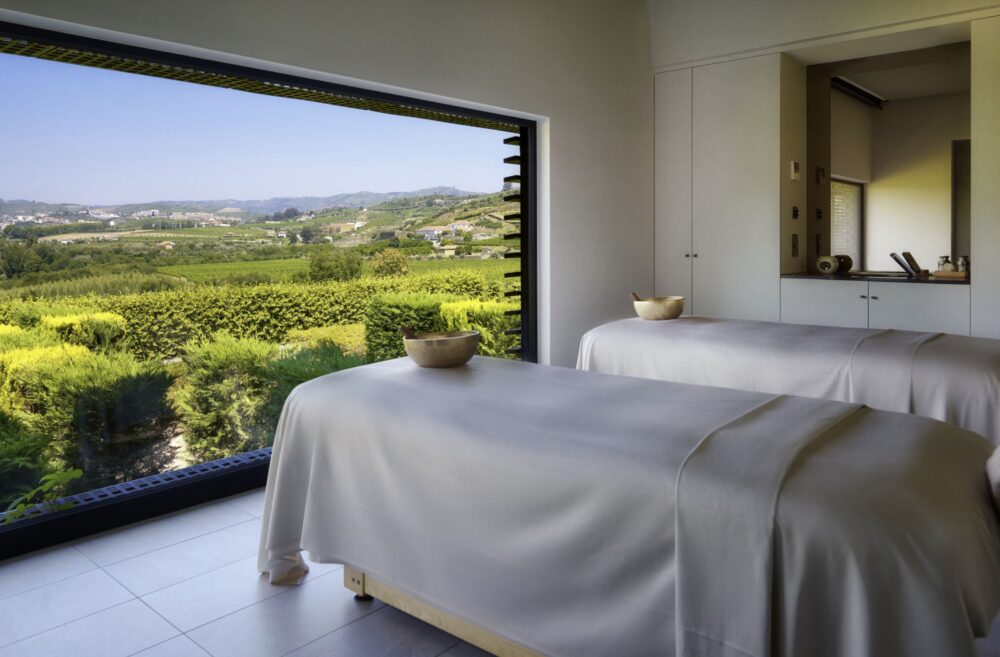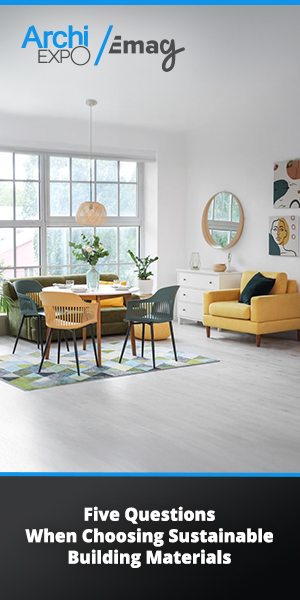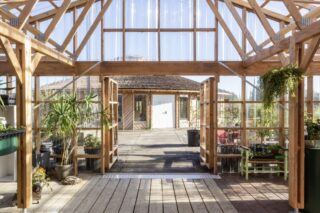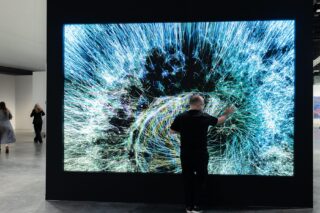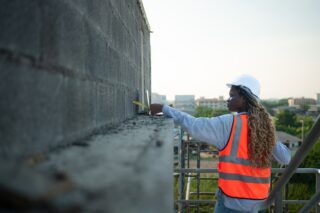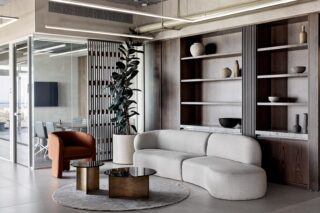The founder and CEO of eponymous, multi-award-winning design studio Clodagh explains how today’s spas nurture body and soul through the power of community and sensory design.
In a world of endless notifications and digital fatigue, the modern traveler is seeking relaxation and craving reconnection, depth, and meaningful calm. As wellness increasingly anchors the hospitality industry, spas are evolving into environments that nurture the full human experience — mind, body, and soul. Few voices speak to this transformation more clearly than Clodagh, the award-winning designer behind some of the most quietly powerful spa experiences in the world.
From Portugal to the Philippines, spa destinations opening in 2025 are embracing a shift away from surface-level luxury and toward sensory, sustainable, and soulful design. These ideas have long been foundational to Clodagh’s practice. In our recent conversation with her, it became clear: the future of wellness lies in spaces that don’t just look good, but feel good, on every level.
Reconnection, Ritual, and the Rise of Soulful Wellness
“Since the pandemic, there has been so much loneliness,” Clodagh said in an interview with ArchiExpo e-Magazine. “People are on their iPhones, on social media, and they simply don’t communicate in person as much anymore.”
That growing sense of isolation has shaped the way she and her team design today’s spa environments, with intentional spaces for connection, ritual, and group engagement.
This shift is visible in the upcoming Champneys Spa at Gran Marbella Resort in Spain, where wellness is no longer confined to treatment rooms. The space includes curated fitness classes, communal rituals, and programming designed to foster both personal growth and shared experience.
“It’s not just about lying back and receiving a spa treatment,” Clodagh emphasized. “There’s interaction and group action. The major shift is moving toward mind, body, and soul, whereas before, the body was the target.”
This human-centered approach is also reflected in her design for the Six Senses Douro Valley in Portugal. Here, spa guests flow effortlessly between indoor and outdoor areas — a nod to the post-COVID demand for nature-integrated experiences. Community-driven features like a wine library designed to function like a town square create quiet moments of shared humanity, reminding guests that wellness can be social as well as personal.
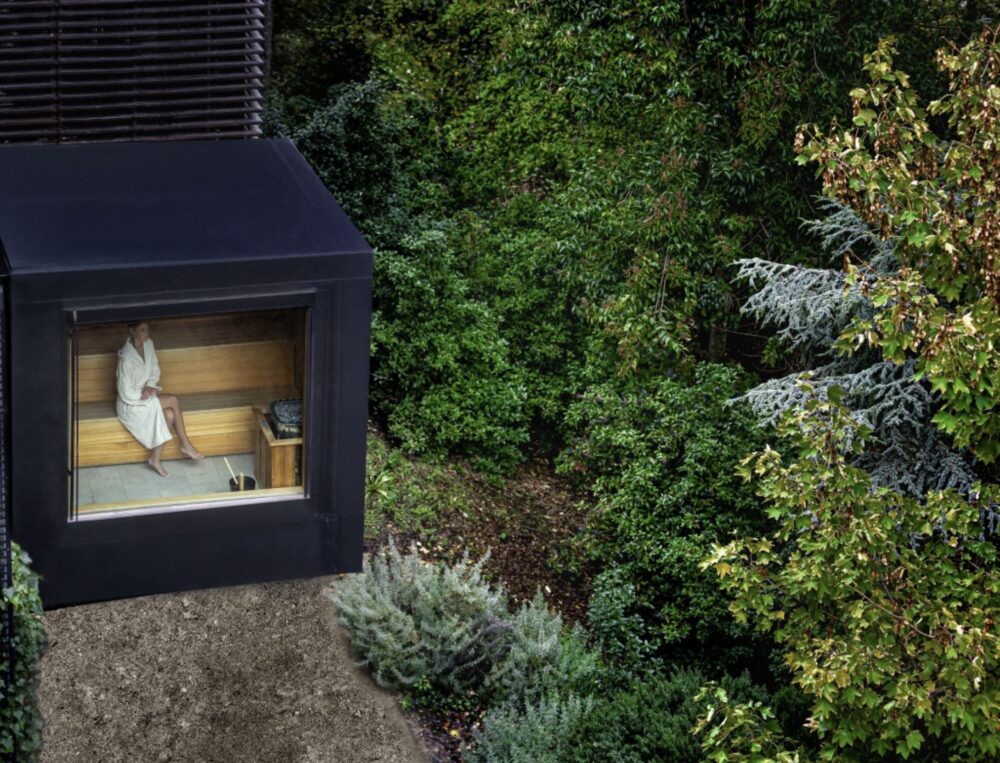
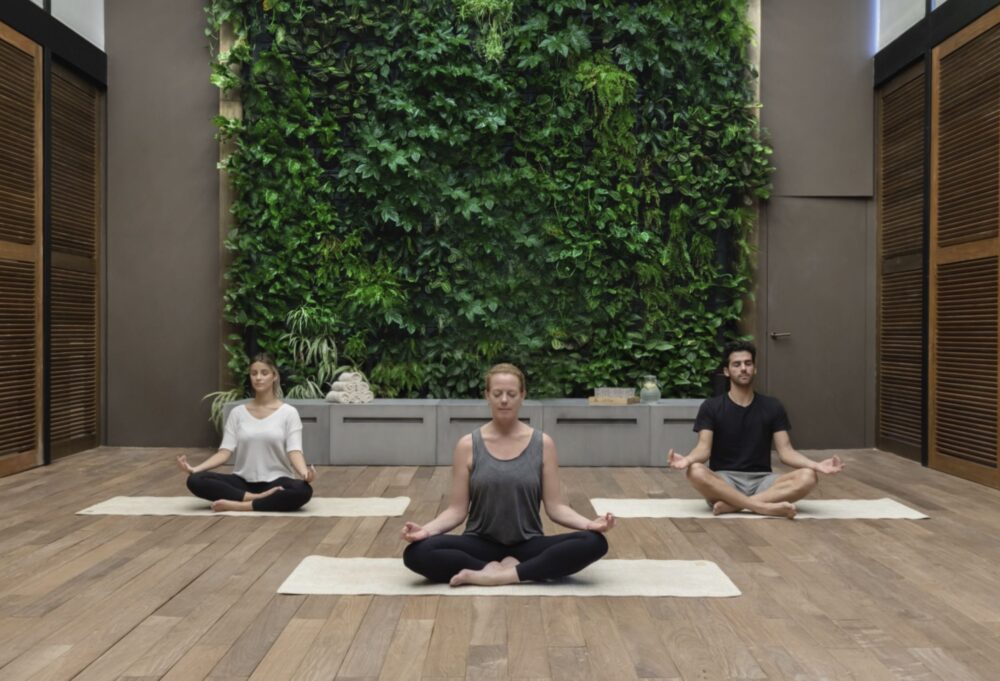
Designing with the Senses: Spaces That Speak Without Words
At the heart of Clodagh’s approach is a simple but radical belief: that the invisible is tangible. She and her team craft environments that activate all the senses, using principles from feng shui and biogeometry to clear stagnant energy and promote harmony.
Take the Miraval Berkshires in Massachusetts, where the spa experience begins before guests even cross the threshold. A meditative “Path to Wellness” leads from the gate to the entrance, inviting introspection with each step. Inside, elemental touches — water, fire, stone — awaken the senses while supporting calm and clarity.
Lighting, acoustics, texture — every detail is designed with purpose. Even sound is treated like a design material.
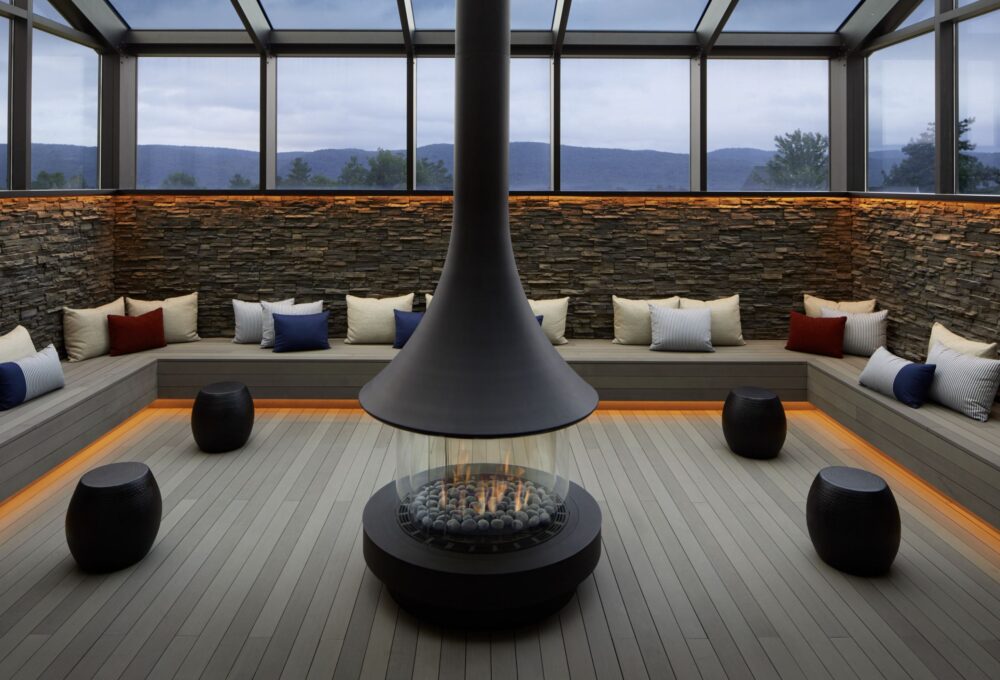
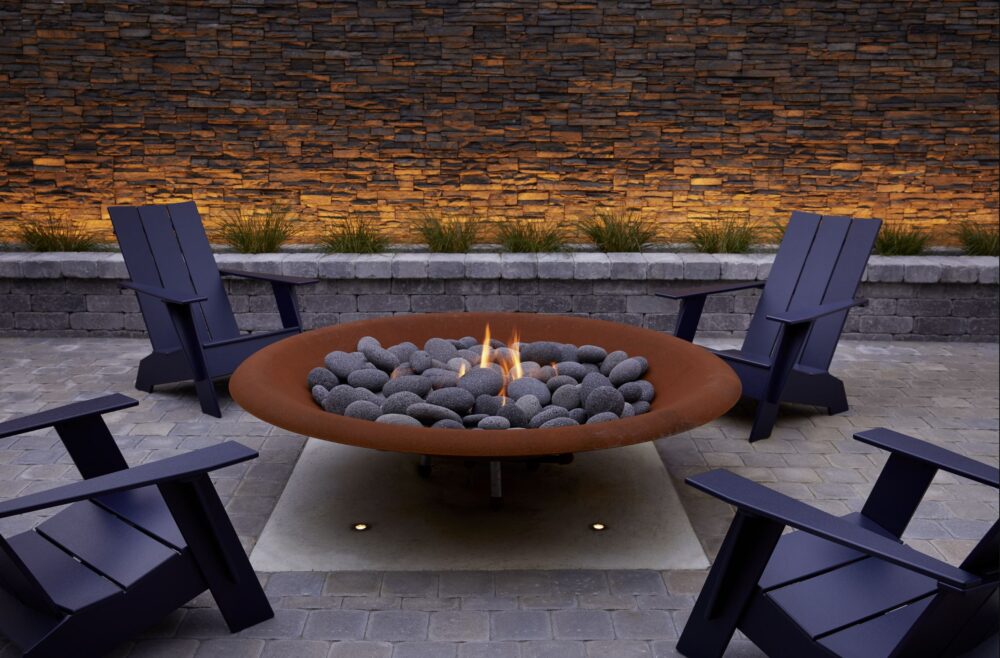
“Although you don’t want total silence, you do want the feeling of peace and quiet,” Clodagh explained.
That’s why her team has partnered with American Tin Ceilings to create acoustically tuned panels, hiding sound-absorbing batting behind decorative finishes.
Other spas are embracing similar sensory strategies. In the newly opened Prestige Wellness in Metro Manila, a collaboration between Pieni Surface and Clodagh’s team, the interiors use refined finishes like Marmorino KS and Archi+ Pietra Intonaco to achieve visual softness and tactile comfort. In massage rooms, seamless surfaces like Wall2Floor Waterproof add durability without sacrificing serenity.
This design depth isn’t just aesthetic — it’s emotional.
“I see more advanced technology and attention to the global environment,” Clodagh said. “But, most importantly, more attention to the human soul.”
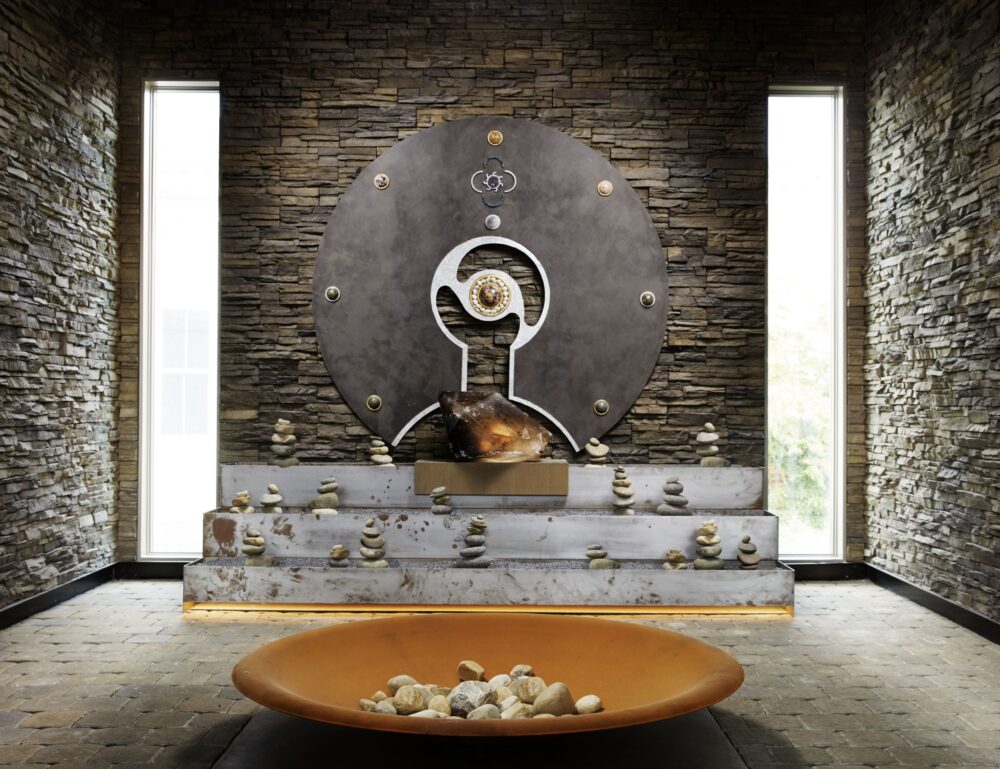
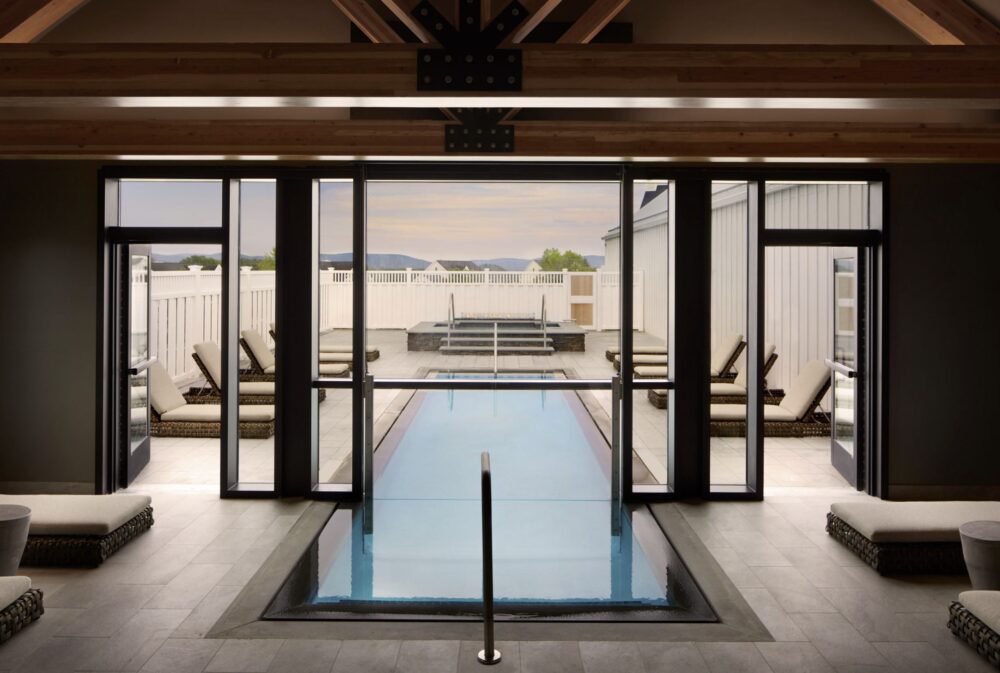
Material Integrity and Sustainable Wellness
Wellness isn’t wellness if it comes at the cost of the planet. That’s a core tenet of Clodagh’s design ethos — and one she lives by in every material choice.
“We like holistic brands, as well as sustainable and recyclable materials,” she shared. “We’re deeply concerned with the environment, so any brands or products that acknowledge that are always our first choices.”
From stain-resistant outdoor textiles repurposed for indoor spa use to ergonomic massage tables co-designed with Oakworks, Clodagh’s work embraces materials that are durable, ethical, and sensory-aware. Her upcoming outdoor furniture collaboration with Walters Wicker, titled More Comfort, reinforces this commitment: luxury that doesn’t compromise on sustainability or longevity.
Other designers are following suit. The Madame Drouot Hôtel & Spa in Paris, while not a Clodagh project, echoes her principles in its thoughtful use of marble, wood, and natural finishes that balance elegance with emotional resonance. Designed by Stephanie Coutas, the spa feels like a quiet escape from city life, where historical charm meets restorative calm.
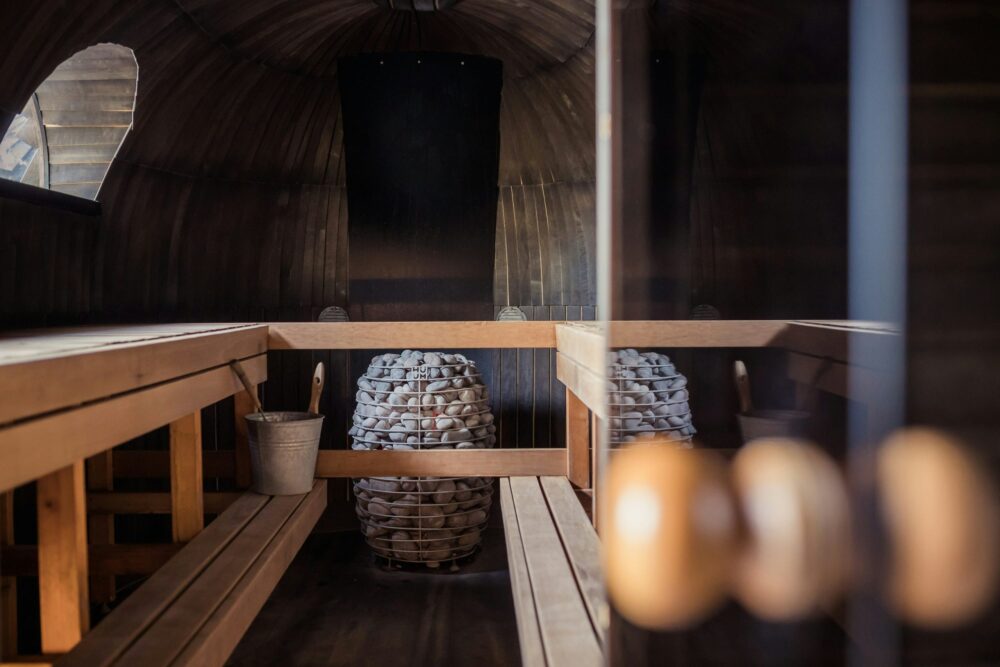
The Future of Spa Design: Bigger, Better, and Deeper
As the wellness industry expands globally, Clodagh’s influence is becoming more visible — not because her aesthetic is replicated, but because her values are. When asked how she would describe the next era of spa design, she didn’t hesitate:
“Bigger and better! With more attention to the human soul.”
Her studio is currently working on ultra-high-tech wellness destinations in the Caribbean, USA, Portugal, and Patagonia — projects that will blend cutting-edge design with elemental simplicity. But no matter the size or location, one thing remains constant: a belief that good design heals.
In 2025, wellness is no longer a luxury — it’s a necessity. And if the spas opening this year are any indication, we’re entering an era where design doesn’t just support the body, but restores the spirit.
